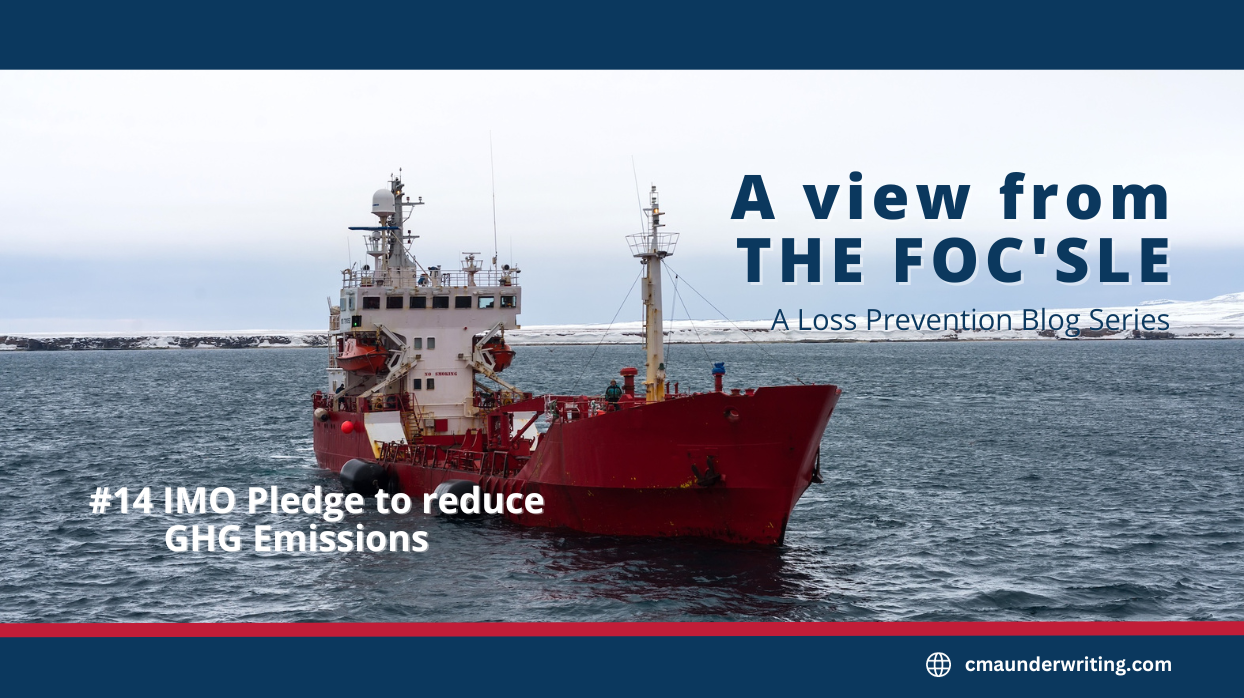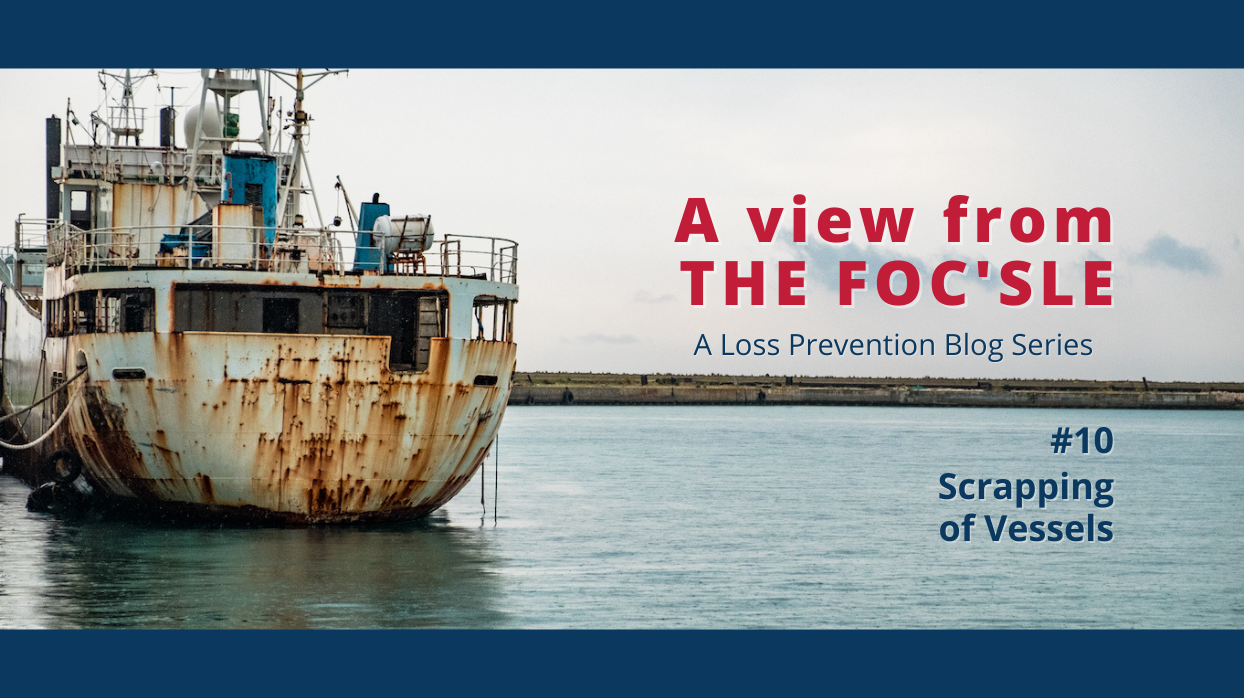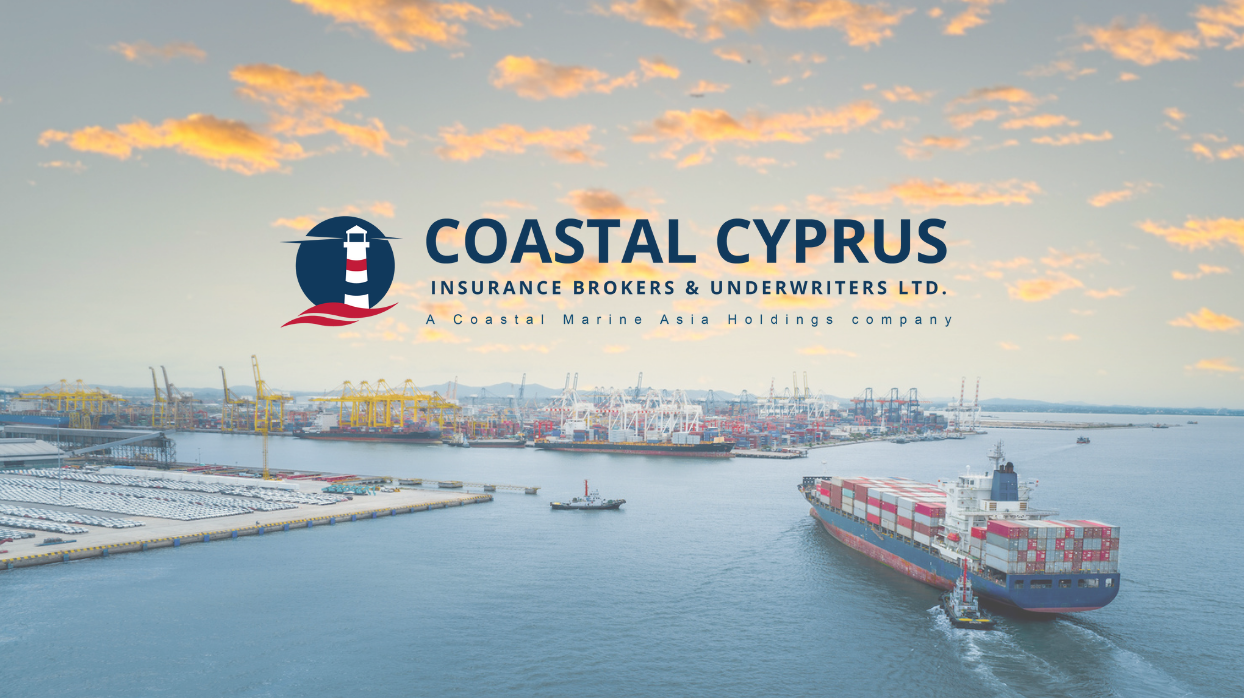
Pledge to Reduce GHG Emissions: A view from the FOC’SLE #14
This time on our blog, what can be the urgent actions needed in response to recent weather patterns, paving the way for a greener maritime future?

Over the last few missives from here on the Foc’sle, we have mentioned the scrapping of vessels. Perhaps it is a good time now to have a look at what happens at the end of a ship’s service life.

1968 in Kaoshiung
More properly referred to as the Demolition Market, this has very measurable effects on the asset value of middle aged and older tonnage.
In the years immediately following WW2, Japan, Hongkong, and Europe were major consumers of recycled steel and hence were very active demolition venues. But as labour costs and land values increased, the activity moved to Taiwan, Thailand, and the Indian sub-continent. Taiwan and Thailand are no longer active, with the main markets being Bangladesh, Alang in India, and Gadani Beach in Pakistan. Turkey is also active but on a slightly different basis.

2021 in Alang
Many vessels for demolition are sold to traders who specialise in delivering them to their final resting places, and this is often done after the vessel’s Class survey cycle has expired. A single voyage Class Cert is then obtained, on the basis that the vessel retains the ability to sail under her own power.
On arrival off the nominated port of delivery, the usual Notice of Readiness is tendered, and the buyer will inspect the vessel to ensure she is as per the Memorandum of Agreement. Here there may be difficulties. If the current steel price is falling, the buyer will try to find fault with the vessel as tendered and negotiate a discount. Long ago, in my position as Lloyd’s Agent, I delivered a pilgrim ship to breakers in Kaohsiung.
The MoA mentioned that she had 380 straw mattresses for the steerage class passengers but said straw mattresses were long gone. Buyers refused to take delivery as the vessel was deficient, and I ended up scouring Kaohsiung for 380 straw mattresses. Duly placed on board, the vessel was delivered, and the buyer returned the mattresses to the various suppliers the next day!
The measure of the demolition selling price of a vessel is the Lightweight Displacement or LDT, and the vessel’s Deadweight Scale and Capacity Plan, with the Class approval stamp on it, is generally the determining document. But here again, if the vessel has been modified, grounds for dispute may arise. During the past year, we have seen prices move between US$480 to US$625 per LDT for tankers in the Indian sub-continent, with Turkish buyers often around 50% to 60% of that level.
This means that for a VLCC of, say 45,000LDT, she will fetch US$22 million at the lower end and up to US$28 million at the top. As such, when a buyer considers purchasing an older vessel for further trading, he can reasonably assume that his asset value will bottom out at that level.
To actually deliver the vessel, it is first cleaned to be gas free for hot work, then using ‘residual bunkers’, it is steamed at full speed up a sandy beach at the top of a high tide. Swarms of workers then clamber aboard and cutting it up into bite-sized chunks begins. The chunks are sent for re-melting or re-rolling, whilst electronics, machinery, and various spare parts are removed and are placed in storage for sale to owners of operational vessels who may require such parts.
But life is no longer simple, and there are now several IMO Conventions pending entry into force which will regulate what happens when a ship is demolished, and how the various components are disposed of. At present, none of the major demolition yards comply with the “Hongkong Convention”, so vessels owned by European owners are unable to be sold for demolition in anywhere except a very few rather small yards in Europe. European owners who have sold their vessels to an overseas intermediary, who has then delivered them to a non-compliant scrapper, have seen the inside of court rooms.
Currently, the ‘demo market’ is in stasis; no old VLCCs will go for scrap now as their earning capacity is skyrocketing, mainly due to the various crude oil sanctions in force. Larger dry bulk carriers are looking very promising in the coal trade from Russia to China, so they are off the demolition market too, for now. We may see some container ships heading for the breaker’s beaches soon, but not just yet.
Which is all just as well, as Bangladesh and Pakistan are now unable to open US dollars denominated Letters of Credit, as they have no US dollars! Indian steel prices are too low to attract demolition candidates, also the Pakistan construction industry is in the doldrums so little steel is required there either. And no doubt there will be a glut of high-grade ex-military scrap available ex Ukraine, after the war ends.
So, for the much-discussed “decarbonisation” of the shipping industry to take place, a huge number of vessels will need to be removed from service and replaced by, presumably, greener ships. To do this, the demolition market is a vital key to open the door.
Until our next night watch,
The Lookout Man

Capt. Jon began his seafaring career in 1960. He spent 11 Years in Taiwan running US Lines and then moved to Singapore in 1980 where he eventually joined Matthews Daniel in Singapore in 1989 and becoming Far East Managing Director. Capt. Jon started his own company Elliott Associates Pte Ltd after his retirement to bring an enhanced level of loss prevention to the Asian Marine industry. Capt. Jon is a consultant to Coastal Marine Asia Holdings Limited in our Loss Prevention Division providing technical guidance to our underwriters, whilst arranging crew and management loss prevention training for some of our insureds.

This time on our blog, what can be the urgent actions needed in response to recent weather patterns, paving the way for a greener maritime future?

Coastal Marine announces the appointment of Simon Stonehouse as Director of Coastal Marine Asia Holdings, a strategic move signalling the company’s commitment to strengthening and expanding its marine business lines.

Coastal Marine Acquires LBY Reinsurance, Rebrands to Coastal Cyprus Insurance Brokers & Underwriters Limited, elevating service and specialization in marine hull reinsurance with Director Laurent Biehly at the helm.

No Comments